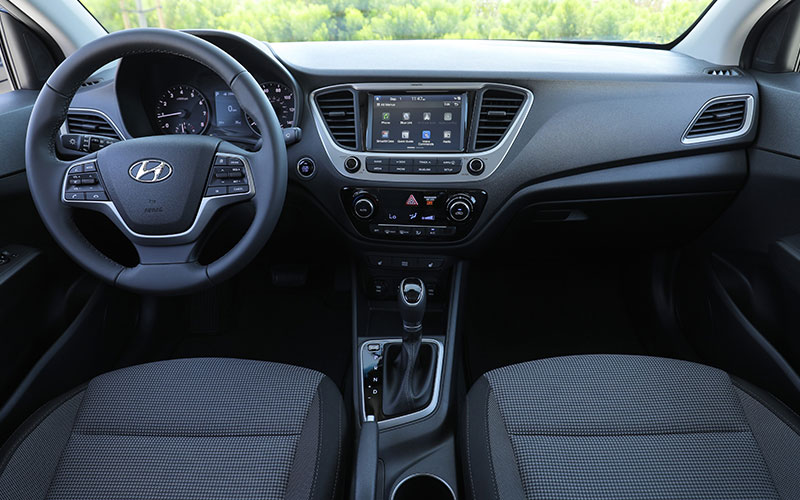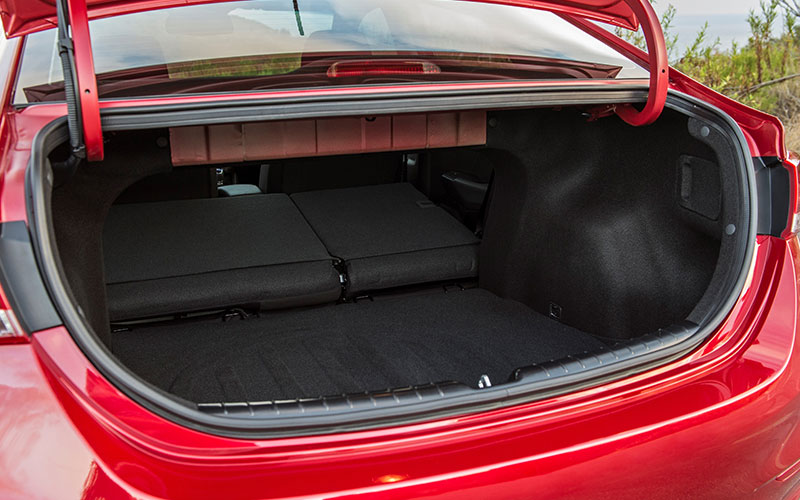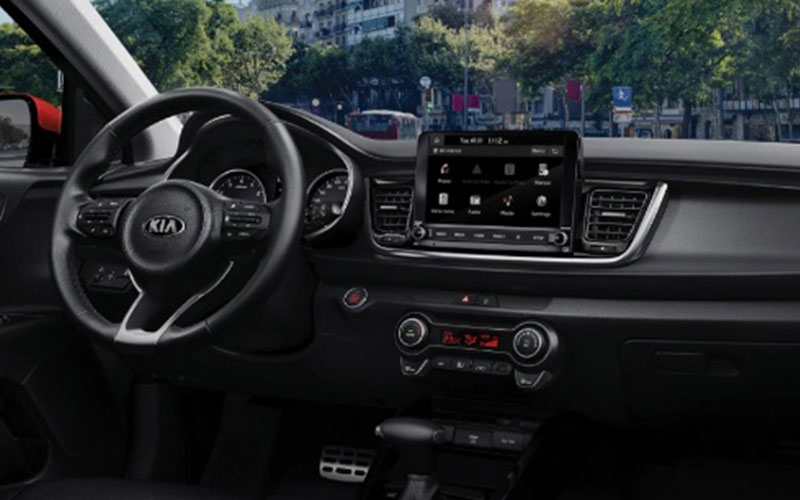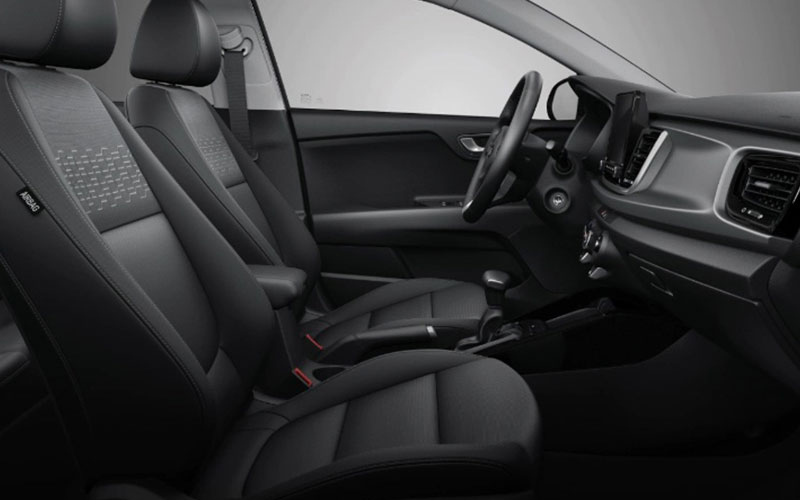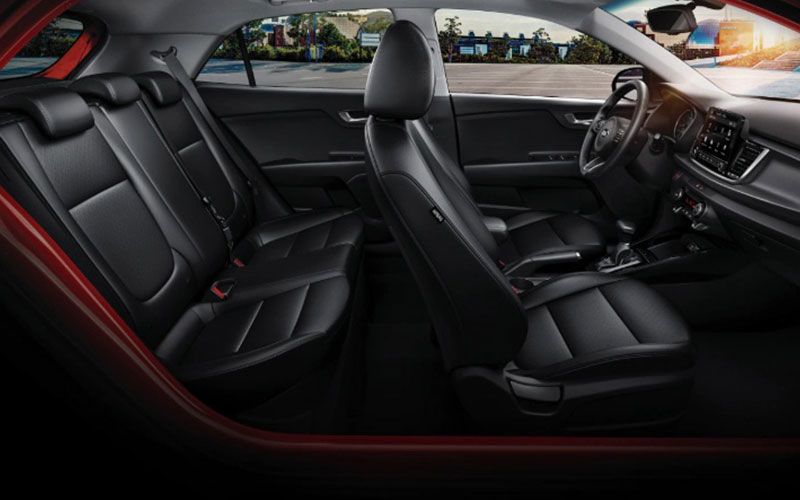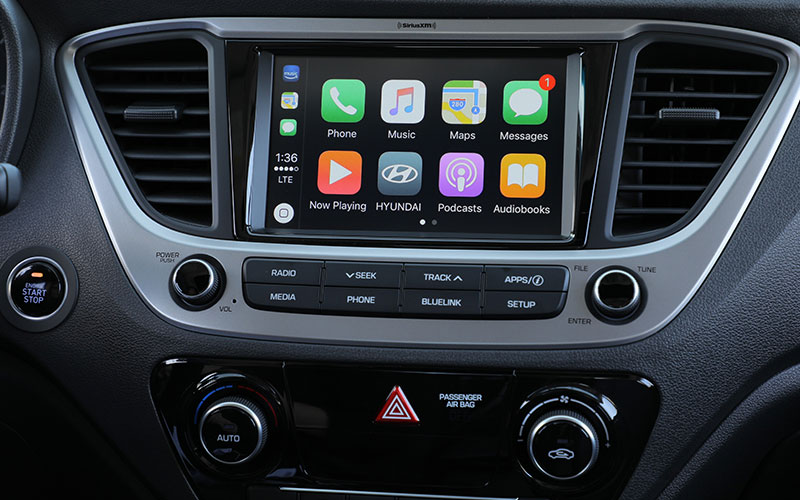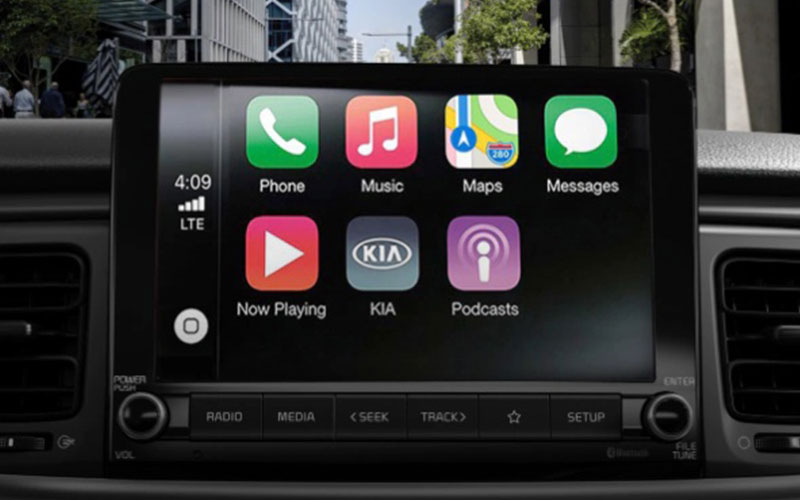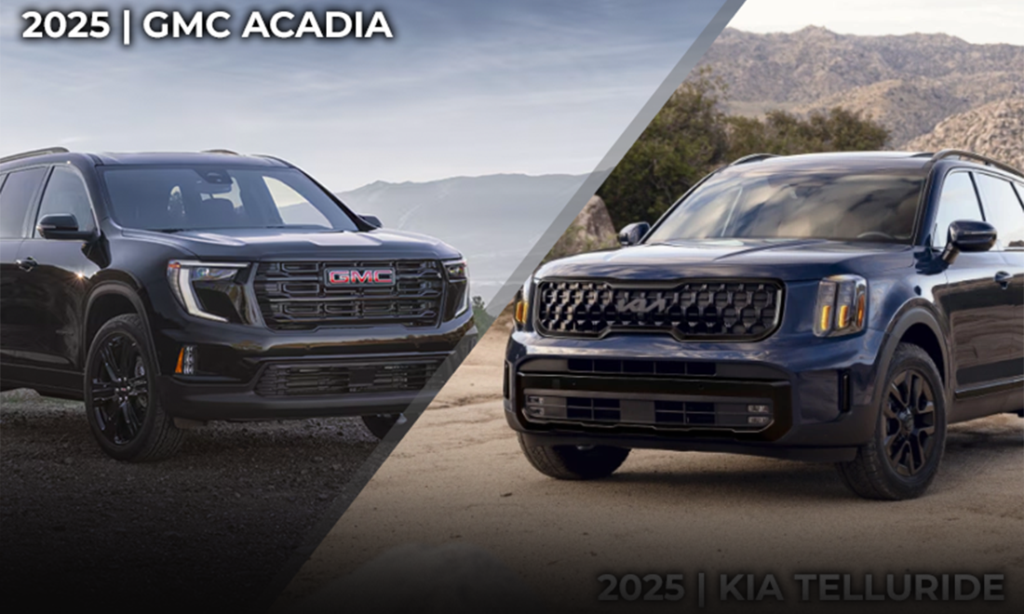The Beauty of Being Basic: Hyundai Accent vs Kia Rio
The Hyundai Accent and Kia Rio show us that small cars don’t have to be basic and boring. These cars do big things for a little price.
Small is Beautiful
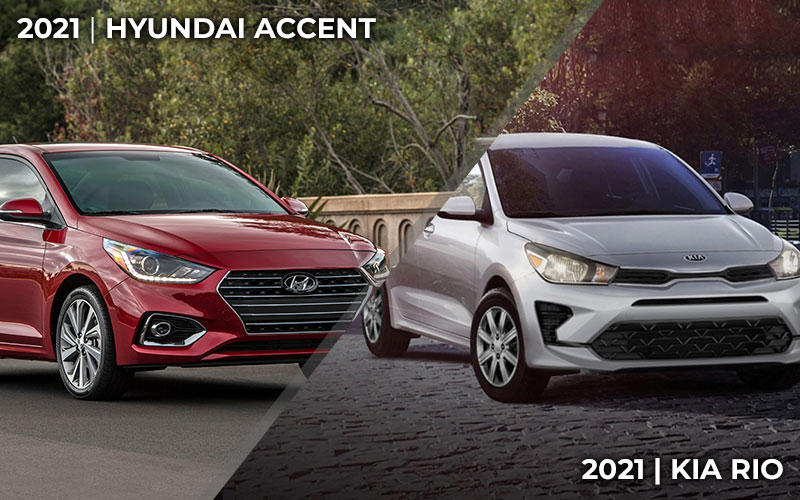
We love small, basic rides. The base model compact Toyota Corolla is one of our favorite small cars and shows that economy can still be fun. But if you’re looking for a subcompact, do you look at the Nissan Versa, Chevrolet Spark, or maybe the Mitsubishi Mirage?
Before looking at those options, we suggest the Hyundai Accent or Kia Rio. The Rio and Accent are Hyundai and Kia‘s most affordable vehicles. Yes, they’re small on the outside, but the interiors are roomy and well equipped for a subcompact. Buyers often don’t consider models like the Accent and Rio, but if you spend some time with them, you’ll find these inexpensive, well-made vehicles fit perfectly when called upon to commute to work.
2021 Hyundai Accent vs Kia Rio – Specs
The 2021 Hyundai Accent and 2021 Kia Rio are gently moved along by a 1.6-liter 4-cylinder that noisily churns out 113 lb-ft of torque for launching from a stoplight and 120 horsepower to assist you at highway speeds. The Accent gives you a choice of a six-speed manual transmission or the ubiquitous CVT automatic. With the Rio, you only get the CVT.
Let’s check the base specs for each model and spot the differences that help you choose the one for you.

Hyundai Accent Base Specs Highlights
- Starts at $15,880
- Up to 28 mpg city / 37 mpg highway
- FWD
- Six-speed manual
- Five seats
- Three trim levels available
- Cargo Volume: 13.7 cu-ft

Kia Rio Hatchback Base Specs Highlights
- Starts at $16,690
- Up to 33 mpg city / 41 mpg highway
- FWD
- CVT automatic
- Five seats
- Two trim levels available
- Cargo Volume: 17.4 cu-ft
Hyundai Accent vs Kia Rio – Trims & Features
Hyundai Accent
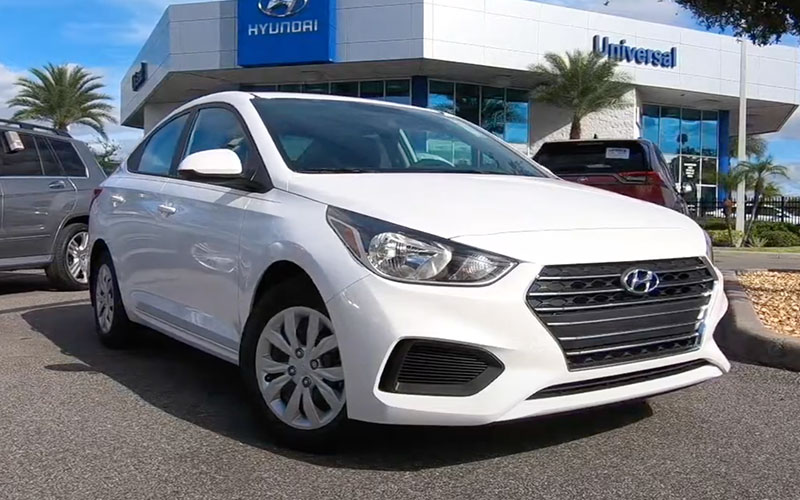
SE – The SE, for $15,395, comes standard with a 1.6-liter four-cylinder, six-speed manual transmission, and 15-inch wheels. Inside, three’s a cloth interior, a 5-inch touchscreen, and Hyundai’s four-speaker audio system. A USB port is in the console, and you have a decent rearview camera view through the touchscreen.

SEL – For $17,750, the SEL trim exchanges the six-speed for a CVT and upgrades the infotainment system to a 7-inch touch screen, six-speaker audio, and HD radio. Also included are Apple CarPlay, Android Auto, and three USB ports.
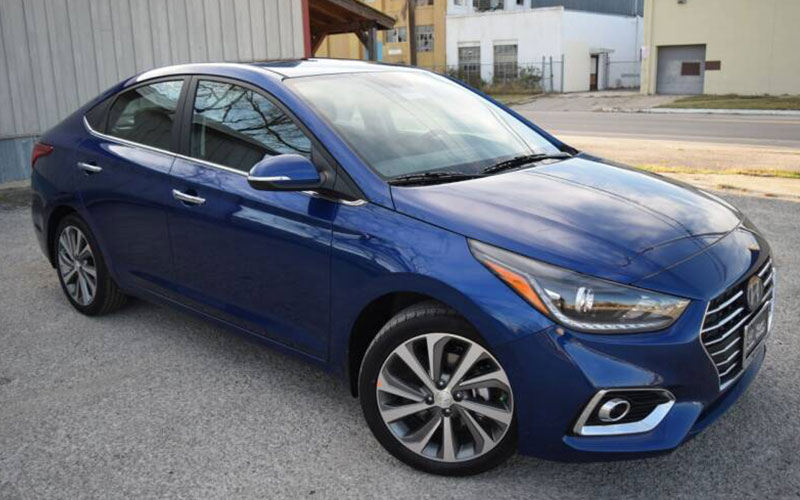
Limited - Pricier at $19,500, the Limited provides more luxury and convenience. You get Hyundai’s excellent Blue Link system that offers an app to let you remote start your car, track its location, and access many other functions. Hyundai also provides standard safety assists such as forward collisions protection and automatic emergency braking. For convenience, you get heated seats, automatic climate control, and a remote trunk release.
Kia Rio
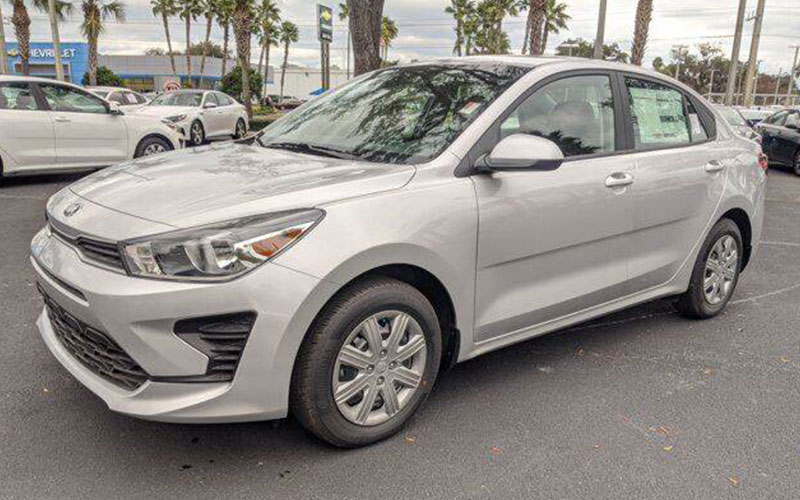
LX - For $16,050, the base LX sedan comes with an 8-inch touchscreen infotainment system with Apple CarPlay and Android Auto sounding out through six speakers. Like the Hyundai Accent, the Rio is powered by the 1.6-liter four-cylinder, but only has a CVT.

S - Starting at $16,690, the hatchback S adds keyless entry, cruise control, and 60/40 split seats. Unlike the top-of-the-line Accent with its standard active safety equipment, Kia makes you pay an extra $1800. They add more to their Technology package’s convenience and safety features, but that’s still a substantial price.
Hyundai Accent vs Kia Rio – Driving & Performance

If you look at the 2021 Hyundai Accent and 2021 Kia Rio as the automotive equivalent of a cheap garage refrigerator, you’d be mistaken. Even though they’re small, the Accent and Rio are still sophisticated in driving and riding, especially when comparing them to the other cars in this segment.
The Accent and the Rio aren’t going to make you want to stoplight drag race, but they get the job done. Yes, the four-cylinder engines are a little loud under hard acceleration, but we expected that. Thankfully they sound decent and don’t transmit vibration and harshness through to the passengers.
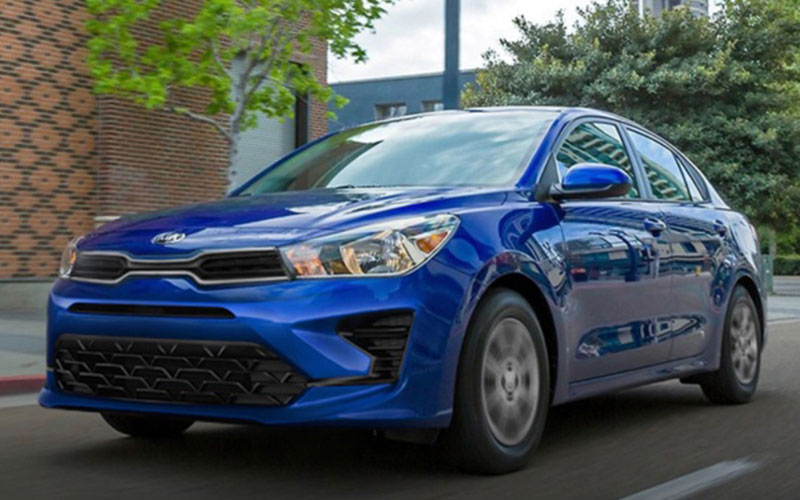
Maybe it was that fresh new car tightness, but we feel that the suspension does well in corners with bumps. So often in vehicles of this size, there will be some rear skipping to the side, but the suspension holds everything in check. Hyundai and Kia have done a great job with the steering feel – both vehicles transmit good road feel to the driver. And on the highway, even though you’ll hear some road noise, the ride is smooth without feeling wobbly. The bonus of a rock-solid chassis is a great foundation that allows the suspension to do its job.
Although we can’t confirm it, the Rio seems to have different shock valving because it feels sportier. On the other hand, the Accent puts a premium on ride comfort. Maybe the Hyundai Accents sedan architecture weighs a little more, or perhaps Kia has given Rio something different from its cousin. But there is a discernible difference, and we liked it. Both are fun to drive, but you’ll want to toss the Rio around when the significant other isn’t in the car with you.
Hyundai Accent vs Kia Rio – Fuel Economy
The Accent and Kia don’t disappoint when it comes to rewarding you with great mpg. Since gas prices continue to go up, excellent mpg is becoming one of the most lavish luxuries we can have. Both cars deliver an EPA rating of 33 to 41 mpg.
Hyundai Accent vs Kia Rio – Comfort & Interior
Overall, we appreciate Hyundai and Kia’s interiors having a well-laid-out dash that follows their bigger siblings’ brand style. However, Hyundai has taken a more conservative approach in their style, while the Rio has more of a fun, horizontal style with more exciting angles flowing across the dash.
We also liked the Kia Rio’s floor console with its silver color and thought the touchscreen looked better than the more integrated in-dash look of the Accent. Both worked well when using them and, other than the design, neither stood out over the other one when it comes to user experience. But we felt the Rio’s design was more up-to-date and fresher than the more conservative and dated look of the Accent interior.
Front-seat comfort and back seat passenger space were also similar, with no standouts. And although adults can ride in the back, neither have a significant amount of legroom. Although it’s not unexpected to have less legroom in a car of this size, even the Mitsubishi Mirage has somehow worked out a way to comfortably fit two six-foot adults in the back seat of that sedan. The Mirage isn’t nearly the quality automobile of the Hyundai and Kia twins, but legroom can be found, even in a car of this size.
For cargo carrying, you’ll like the Rio hatchback. We think that Kia could have figured out how to get the rear seats to fold flat, but otherwise, it’s a very useable space. With the Hyundai, we liked the 60/40-fold-down seats, which assist in longer items. But, like the Kia, the non-flat seats get in the way.
Hyundai Accent vs Kia Rio – Entertainment and Tech
Hyundai gives you a 5-inch touchscreen without Apple CarPlay and Android Auto – we feel that’s chintzy. On the other hand, the similar Rio gets standard Apple CarPlay, Android Auto and does so with an 8-inch screen plus HD audio, SiriusXM satellite radio, and six speakers. Both give you Bluetooth and USB, although the Rio has two USBs in the front and one for the rear passengers, while the Accent only has one on the front console.
Hyundai Accent vs Kia Rio – Safety
The 2021 Hyundai Accent picked up a four-star rating from the National Highway Traffic Safety Administration. However, the IIHS has named the Accent as a Top Safety Pick when optioned with the automated emergency braking and forward-collision warning.
The 2021 Kia Rio is available with automatic braking and forward-collision warning, but you can only have it as part of a comprehensive but more expensive technology package.
Which One Do You Choose?
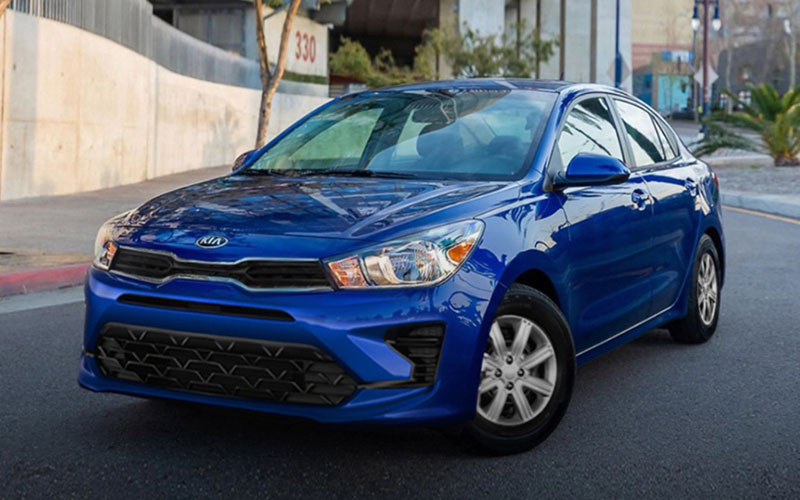
The Hyundai Accent and Kia Rio are twins, but you’ll see some differences when you spend time with them like all twins. The Hyundai Accent has better standard active safety equipment in a classic sedan profile. We enjoy the Rio more than the Accent since its hatchback form gives us more flexibility when shopping and loading cargo. However, the Kia also handled better, had a better-looking interior, and appreciated Rio’s larger touchscreen.


